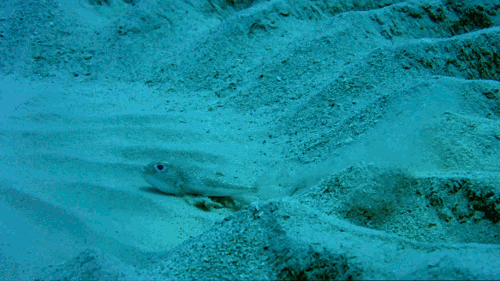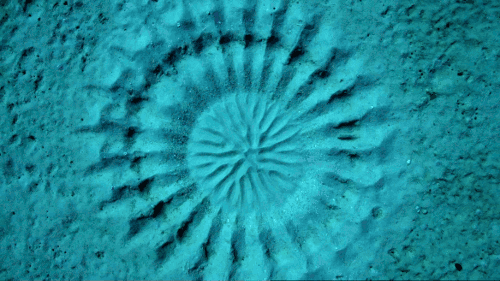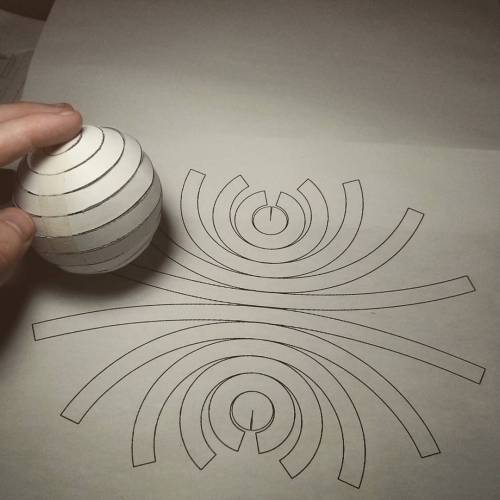Adjustable Wood Lamp ‘Goldberg’




Adjustable Wood Lamp ‘Goldberg’
The adjustable 'Goldberg’ lamp by Atelier Akerboom is a handmade wooden lamp. By adjusting the 31 openings of the lamp you can control how much light it gives out in any direction. The lamp can be used as a hanging (pendant) lamp or as table or floor lamp. The lamp is available in different colors (see information sheet) and in two sizes (30cm or 50cm diameter).
This special design is named after Michael Goldberg (1902-1990) who described the Goldberg polyhedron – a convex polyhedron made from hexagons and pentagons – first in 1937.
https://www.etsy.com/de/listing/267492092/adjustable-lamp-goldberg?ref=shop_home_active_2
More Posts from Hannahhaifisch and Others









Famous Mathematicians
Sand and water make a remarkable team when it comes to building. But the substrate – the surface you build on – makes a big difference as well. Take a syringe of wet sand and drip it onto a waterproof surface (bottom right), and you’ll get a wet heap that flows like a viscous liquid. Drop the same wet sand onto a surface covered in dry sand (bottom left), and the drops pile up into a tower. Watch the sand drop tower closely, and you’ll see how new drops first glisten with moisture and then lose their shine. The excess water in each drop is being drawn downward and into the surrounding sand through capillary action. This lets the sand grains settle against one another instead of sliding past, giving the sand pile the strength to hold its weight upright. (Video and image credit: amàco et al.)




A small Japanese puffer fish is the creator of one of the most spectacular animal-made structures. To impress the female puffer fish, the male labors 24 hours a day for a week to create a pattern in the sand. If the female finds his work satisfactory, she allows him to fertilize her eggs. She then lays them in the middle of the circle, leaving the male to guard the eggs alone.
Life Story (2014)


Platonic solid Pillow (Icosahedron)

“XYZ I” by ale_beber_origami http://flic.kr/p/TiaETp

Can you flatten a sphere?
The answer is NO, you can not. This is why all map projections are innacurate and distorted, requiring some form of compromise between how accurate the angles, distances and areas in a globe are represented.
This is all due to Gauss’s Theorema Egregium, which dictates that you can only bend surfaces without distortion/stretching if you don’t change their Gaussian curvature.
The Gaussian curvature is an intrinsic and important property of a surface. Planes, cylinders and cones all have zero Gaussian curvature, and this is why you can make a tube or a party hat out of a flat piece of paper. A sphere has a positive Gaussian curvature, and a saddle shape has a negative one, so you cannot make those starting out with something flat.
If you like pizza then you are probably intimately familiar with this theorem. That universal trick of bending a pizza slice so it stiffens up is a direct result of the theorem, as the bend forces the other direction to stay flat as to maintain zero Gaussian curvature on the slice. Here’s a Numberphile video explaining it in more detail.
However, there are several ways to approximate a sphere as a collection of shapes you can flatten. For instance, you can project the surface of the sphere onto an icosahedron, a solid with 20 equal triangular faces, giving you what it is called the Dymaxion projection.
The Dymaxion map projection.
The problem with this technique is that you still have a sphere approximated by flat shapes, and not curved ones.
One of the earliest proofs of the surface area of the sphere (4πr2) came from the great Greek mathematician Archimedes. He realized that he could approximate the surface of the sphere arbitrarily close by stacks of truncated cones. The animation below shows this construction.
The great thing about cones is that not only they are curved surfaces, they also have zero curvature! This means we can flatten each of those conical strips onto a flat sheet of paper, which will then be a good approximation of a sphere.
So what does this flattened sphere approximated by conical strips look like? Check the image below.
But this is not the only way to distribute the strips. We could also align them by a corner, like this:
All of this is not exactly new, of course, but I never saw anyone assembling one of these. I wanted to try it out with paper, and that photo above is the result.
It’s really hard to put together and it doesn’t hold itself up too well, but it’s a nice little reminder that math works after all!
Here’s the PDF to print it out, if you want to try it yourself. Send me a picture if you do!

LIGO scientists detected a third gravitational wave from two colliding black holes.
This week, scientists using the Laser Interferometer Gravitational-Wave Observatory, or LIGO, announced that they had detected another gravitational wave—the third ripple observed since September 2015. The findings were published in the journal Physical Review Letters.
The source of this most recent gravitational wave is a black hole 49 times larger than our sun that was formed by two colliding black holes located 3 billion light-years away. The data indicates that the spin of one or both of the black holes may have a tilted orbit, which can reveal clues to their origins. Theoretical astrophysicist Priyamvada Natarajan explains how this finding sheds light on black hole formation, and how it affects our understanding of general relativity and dark matter. Listen here.
[Image credit: LIGO/Caltech/MIT/Sonoma State (Aurore Simonnet)]


Aakash Nihalani
-
 hannahhaifisch reblogged this · 9 years ago
hannahhaifisch reblogged this · 9 years ago -
 ztrauzindustrialdesign-blog liked this · 9 years ago
ztrauzindustrialdesign-blog liked this · 9 years ago -
 hannahhaifisch reblogged this · 9 years ago
hannahhaifisch reblogged this · 9 years ago -
 hannahhaifisch liked this · 9 years ago
hannahhaifisch liked this · 9 years ago -
 atelierakerboom-blog reblogged this · 9 years ago
atelierakerboom-blog reblogged this · 9 years ago